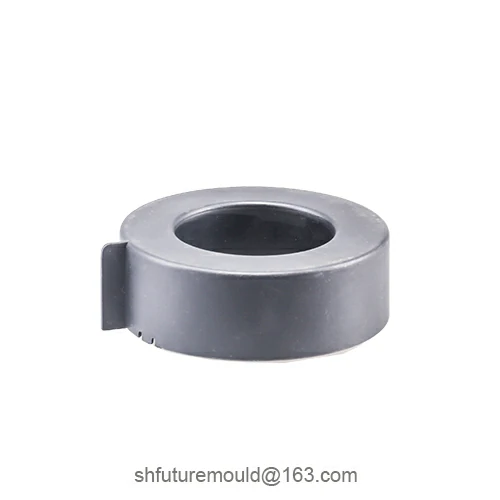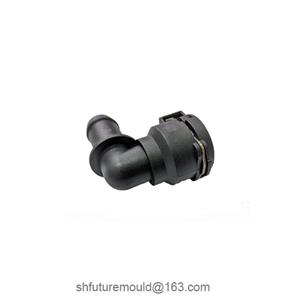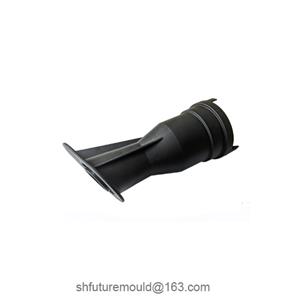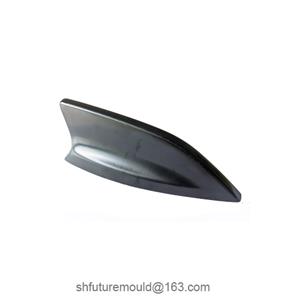sub gate in Injection Molds
A sub gate, also known as a hidden gate, refers to a gate design where the gate is cleverly positioned within the internal structure or inconspicuous areas of the product during mold design. This ensures no visible gate marks on the product surface after molding. This design not only enhances product aesthetics but also optimizes melt flow and cavity filling, meeting the demands of high-quality manufacturing.
I. Structural Design Characteristics
Concealed and Aesthetic
The defining feature of a sub gate is its concealment. By integrating the gate into internal features, assembly surfaces, or removable post-processing areas, visible gate marks are eliminated, significantly improving the product’s visual appeal.
Optimized Runner Design
sub gates often employ short runners between the gate and cavity, enabling rapid cavity filling while minimizing heat loss and shear deformation. Proper runner cross-sectional design ensures stable pressure and temperature distribution during melt flow.
High Mold Machining Requirements
sub gates demand precise control over gate position, dimensions, and angles. High machining and assembly precision are critical to avoid uneven filling, gas entrapment, or gate clogging.
II. Advantages
Enhanced Surface Quality
The hidden design eliminates visible gatemarks, making it ideal for industries with strict aesthetic requirements, such as consumer electronics, home appliances, and automotive interiors.
Improved Filling Performance
Short runners allow faster cavity filling, reducing the risks of weld lines and cold slug defects.
Adaptability to Complex Geometries
sub gates can be customized for complex or structurally reinforced products, optimizing localized filling and strength distribution.
III. Process Parameter Control
Injection Speed and Pressure
Injection speed and pressure must align with mold design and material properties to ensure smooth melt flow through the sub gate while avoiding underfilling or overpacking defects.
Temperature Management
Stable melt and mold temperatures are critical. Proper temperature reduces melt viscosity, ensures rapid cavity filling, and minimizes defects caused by thermal variations.
Mold Venting Design
Due to the gate’s concealed nature, localized gas entrapment risks are higher. Adequate venting slots or vents must be incorporated into the mold design to expel gases promptly, preventing bubbles or short shots.
- Injection Mold
- Automotive Injection Mold
- Electronics & Electrical Injection Mold
- Consumer Goods Injection Mold
- Airplane Components Injection Mold
- Medical Components Injection Mold
- Irrigation Components Injection Mold
- Injection Molds




